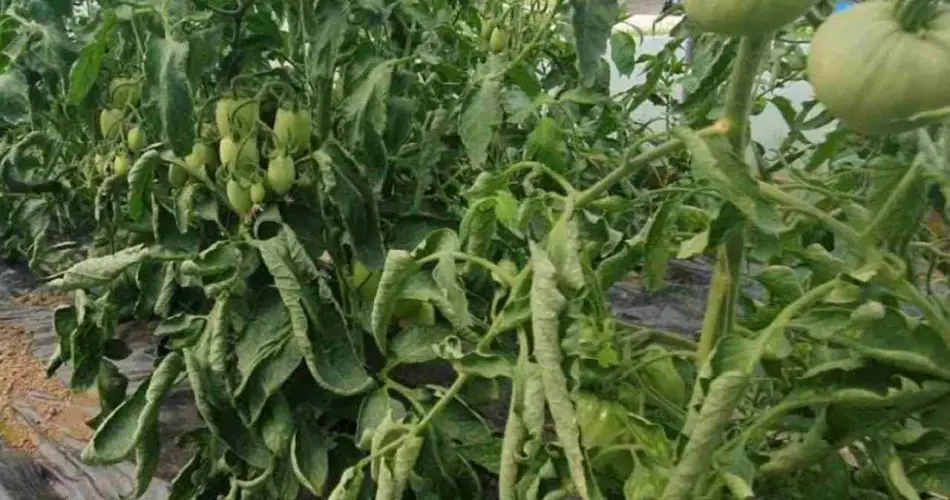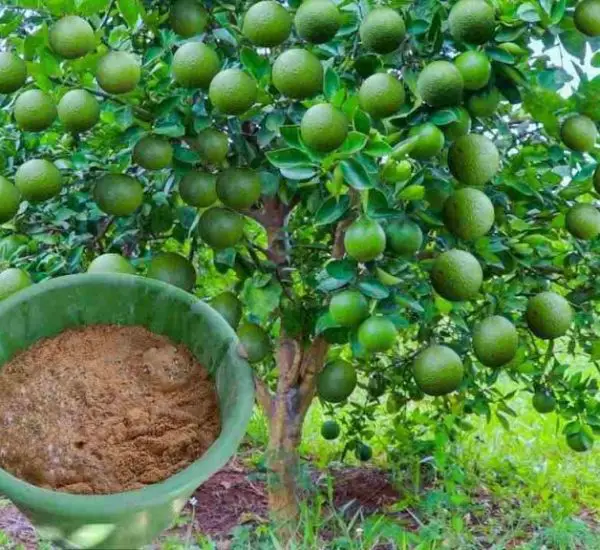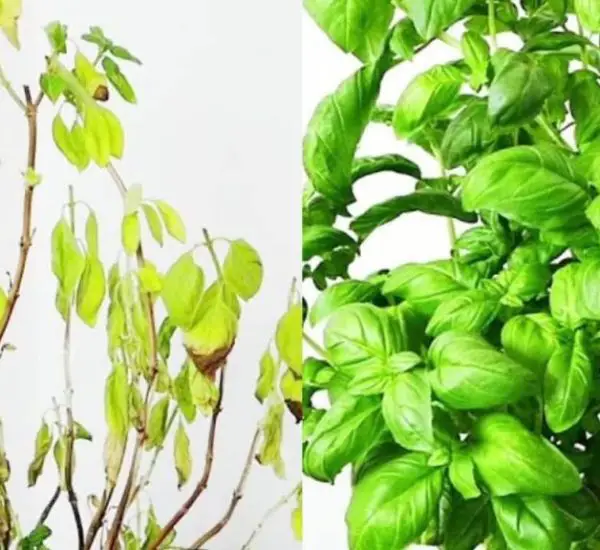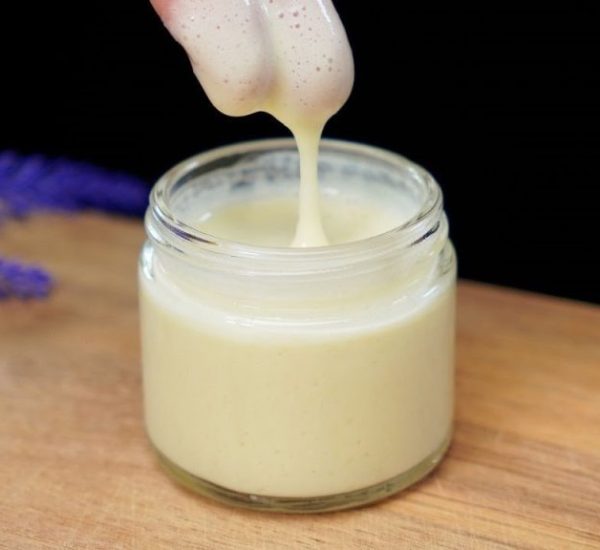Demystifying Twisted Tomato Leaves: Unraveling the Culprit
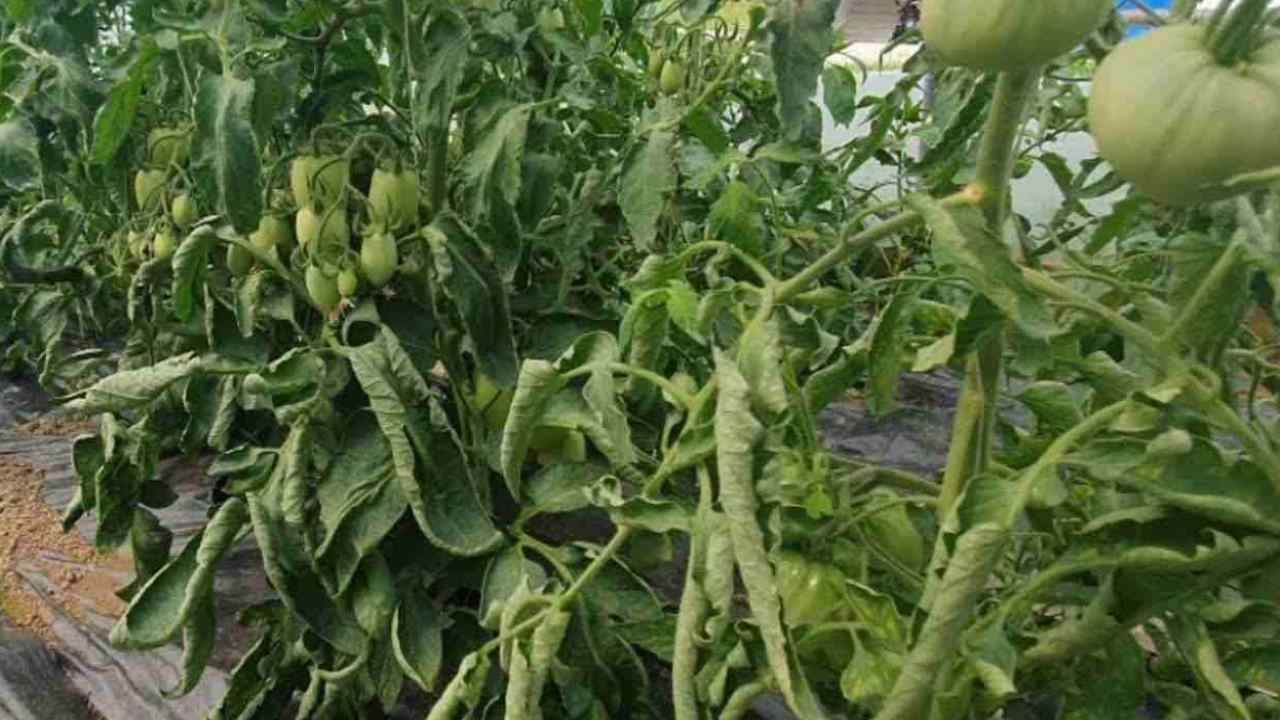
Ever wondered why the leaves of your tomato plants sometimes take on a twisted appearance? Today, we unveil the true culprit behind this intriguing phenomenon – blame it on the notorious white mite!
Whether you cultivate tomatoes in a vast vegetable garden, on a balcony, or a terrace, certain rules must be adhered to for optimal growth and fruitful harvests. To ensure your tomato plants thrive, remember this essential guide:
- The tomato plant thrives on water: Provide regular watering in summer and daily watering in spring.
- Adequate sunlight is crucial for tomato plant growth: Position it to receive direct sunlight.
- Fertilize the tomato plant at least once every two weeks: This promotes rapid growth and fruitful yields.
- Bury the tomato plant deep: Encourage robust root growth for efficient nutrient absorption.
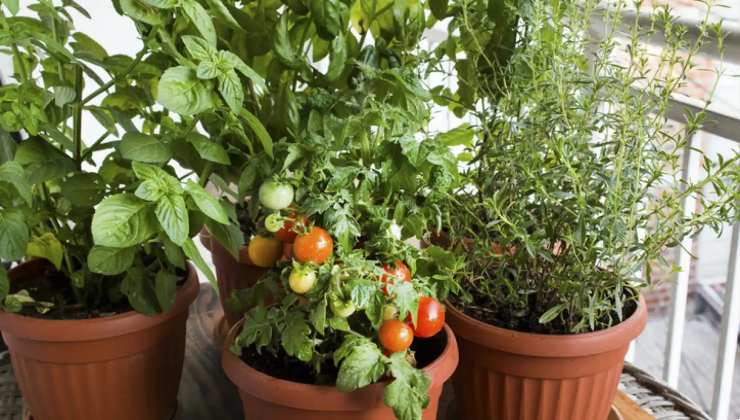
Now armed with these guidelines, let’s delve into another crucial aspect. Have you noticed the occasional twist in the leaves of your tomato plants? The answer to this enigma lies in the mischievous white mite, the primary instigator of this peculiar phenomenon.
Understanding the Motivation Behind Twisted Tomato Leaves
When the leaves of your tomato plants curl or twist, the primary culprit is the white mite, a tiny yet destructive pest. Despite being nearly invisible to the naked eye, these pests wreak havoc on your tomato plant.
White mites lay eggs, often microscopic, on the undersides of leaves, avoiding light. They feed on the leaves of tomato plants, transmitting harmful diseases and toxins through their bites, leading to leaf distortion.
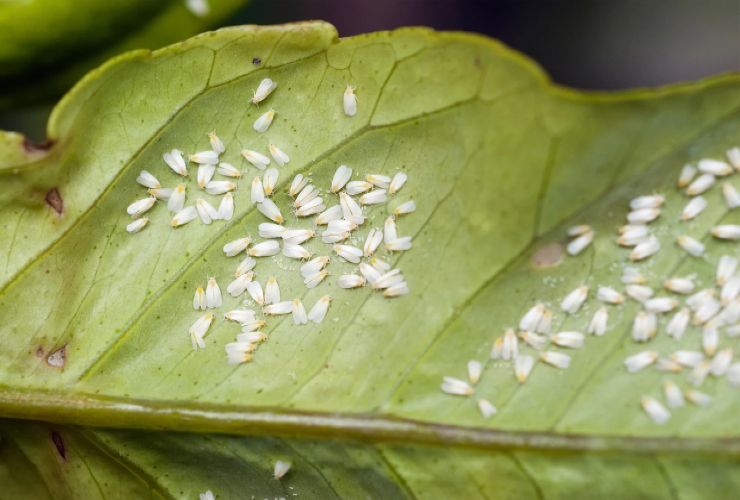
To tackle this issue, swift intervention with an acaricide is recommended to prevent the demise of the plant. Follow this up with a leaf wash using a mixture of water and baking soda. Create the solution by combining 2 tablespoons of baking soda with 300 ml of room temperature water. Transfer the mixture to a sprayer and apply it to the leaves.
To eliminate white mites and their eggs, use a cotton pad soaked in the water and baking soda mixture on the tomato leaves. With proper care, your plant should recover within a few days.
However, curled tomato leaves may also be attributed to other factors. Unstable weather conditions, particularly high temperatures and scorching heat, can lead to leaf drying and twisting as the plant attempts to counteract water loss.
Herbicides from neighboring gardens can also contribute to curled leaves. If these substances drift into your soil, affecting your tomatoes, prompt treatment with potassium and calcium supplements can save the day.
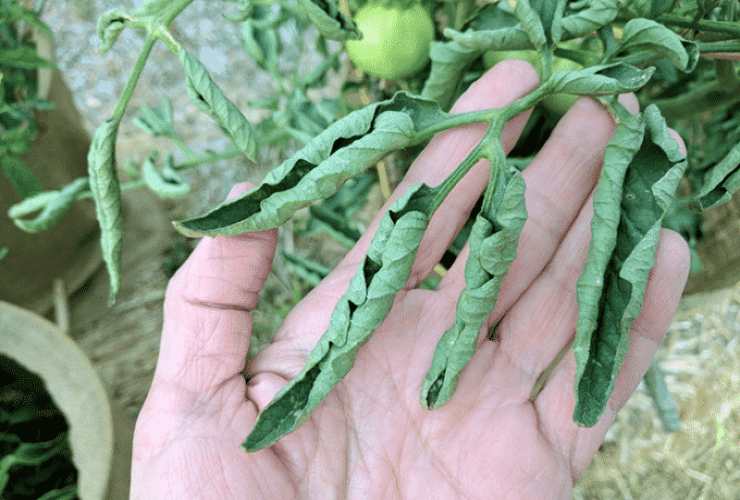
Additionally, the infamous tomato virus poses a significant threat. This disease doesn’t involve white mites but causes rapid plant deterioration. Affected leaves not only twist but also develop a white patina spreading over the stem. In such cases, the only viable solution is to uproot and discard the infected plant, as this virus can be lethal to cucumber, eggplant, and zucchini plants.
Now you know why tomato leaves often exhibit a twisted appearance. Armed with this knowledge, care for your tomatoes diligently, implementing the suggestions provided to ensure a healthy and thriving harvest.
